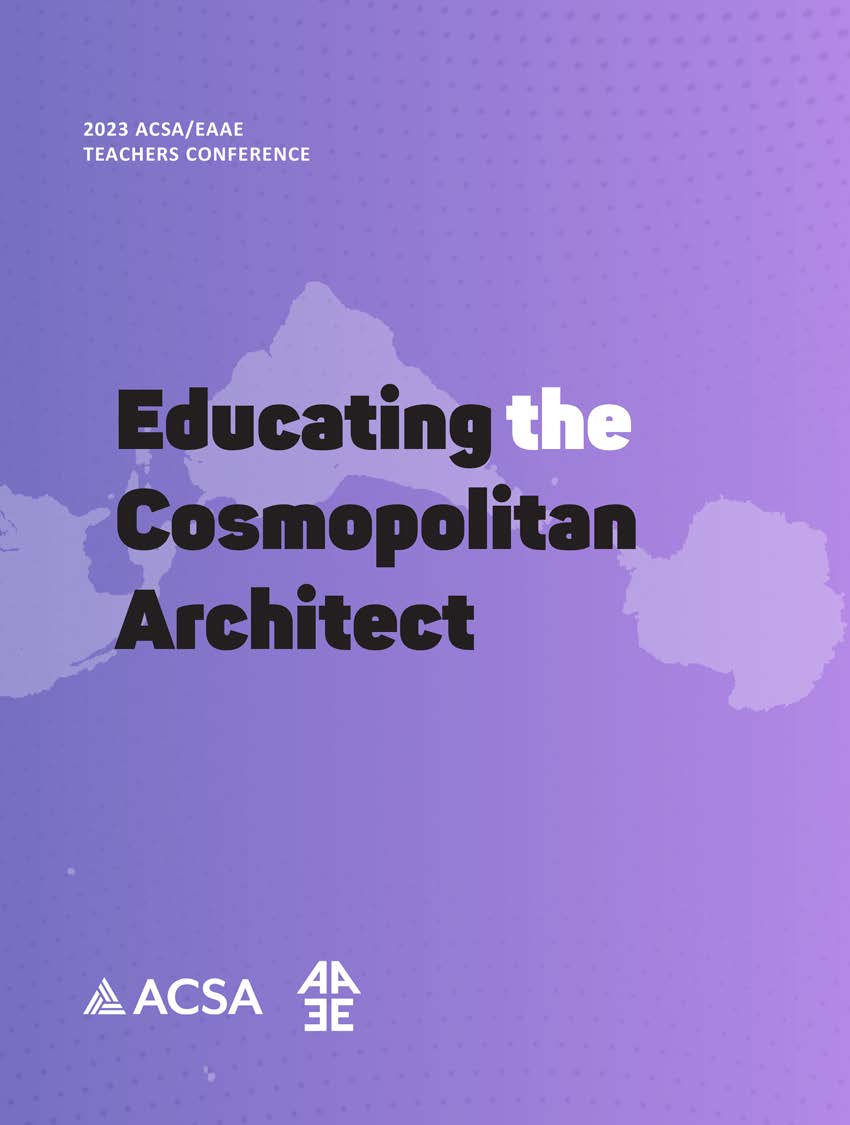Author(s): Scott Aker
How can beginning design studios effectively navigate the intricate socio-ecological complexities of our world? Challenging traditional introductory design studios, which often favor abstract exercises, this paper proposes a novel teaching strategy that merges design fundamentals with social issues from the beginning. Inspired by Gooden’s critical race theory (2016) and Carello and Thompson’s trauma-informed pedagogies (2022), this innovative approach surpasses the Bauhaus method, paving a fresh path and fostering new perspectives and practices in architectural design education. Introduction to Design, the beginning studio in the University of Pennsylvania’s Undergraduate Architecture program, emphasizes storytelling, collaboration, critical thinking, and design projections. The course encourages dialogue about social, cultural, and environmental contexts. Utilizing Latour’s object-oriented ontology (1993), it guides students towards context-driven design and form-finding, as illustrated in the inaugural project, a memorial for the victims of the 1985 MOVE bombing in Philadelphia. The studio course applies Mario Gooden’s Dark Space (2016) photomontage method, interweaving social issues and historical research into design representations. This approach stimulates discussions about systemic racism, spatial justice, and the role of architecture in societal healing. It merges theory, software, lectures, and design fundamentals, highlighting architecture as a means for social storytelling. Advocating for a transformation in traditional first-year studio education, this paper calls for an empathetic dialogical design process that actively engages with global issues. The proposed approach aims to shape and form architects into proactive designers capable of tackling complex societal challenges through their designs. Showcasing student work invites a reevaluation of first-year design studios and encourages a pedagogical shift from abstract lessons toward tangible social issues.
https://doi.org/10.35483/ACSA.Teach.2023.53
Volume Editors
Massimo Santanicchia
ISBN
978-1-944214-44-9

 Study Architecture
Study Architecture  ProPEL
ProPEL 
